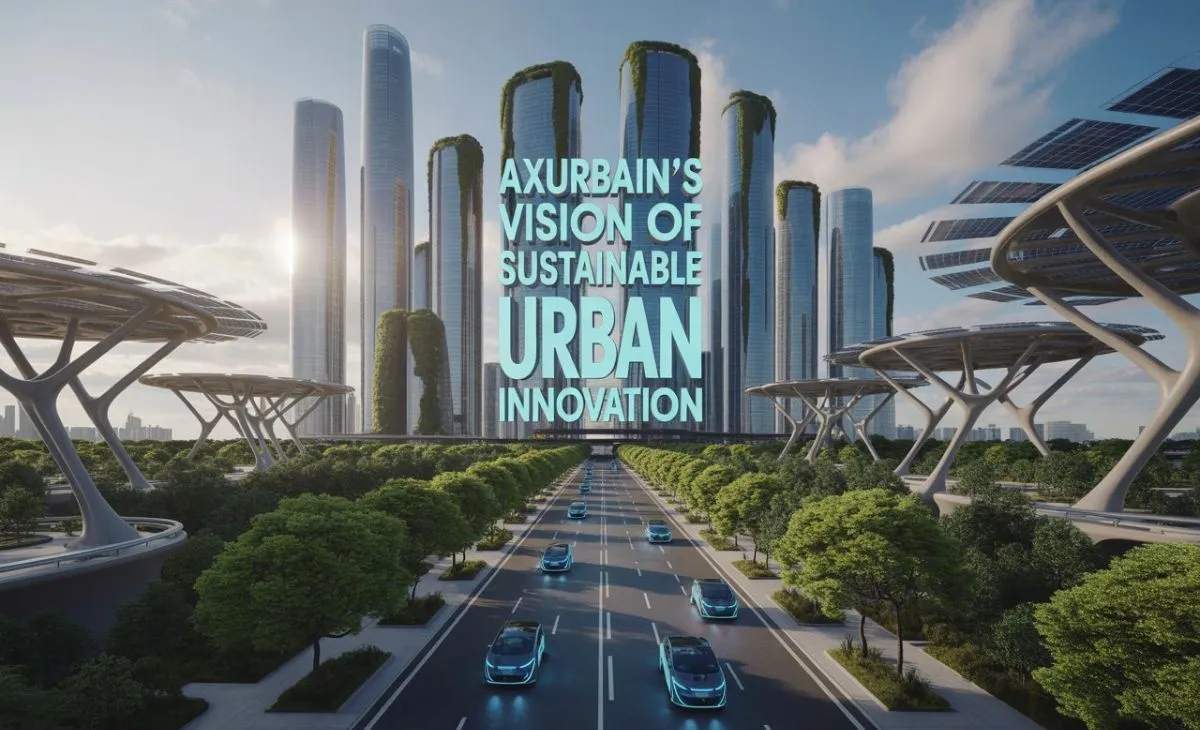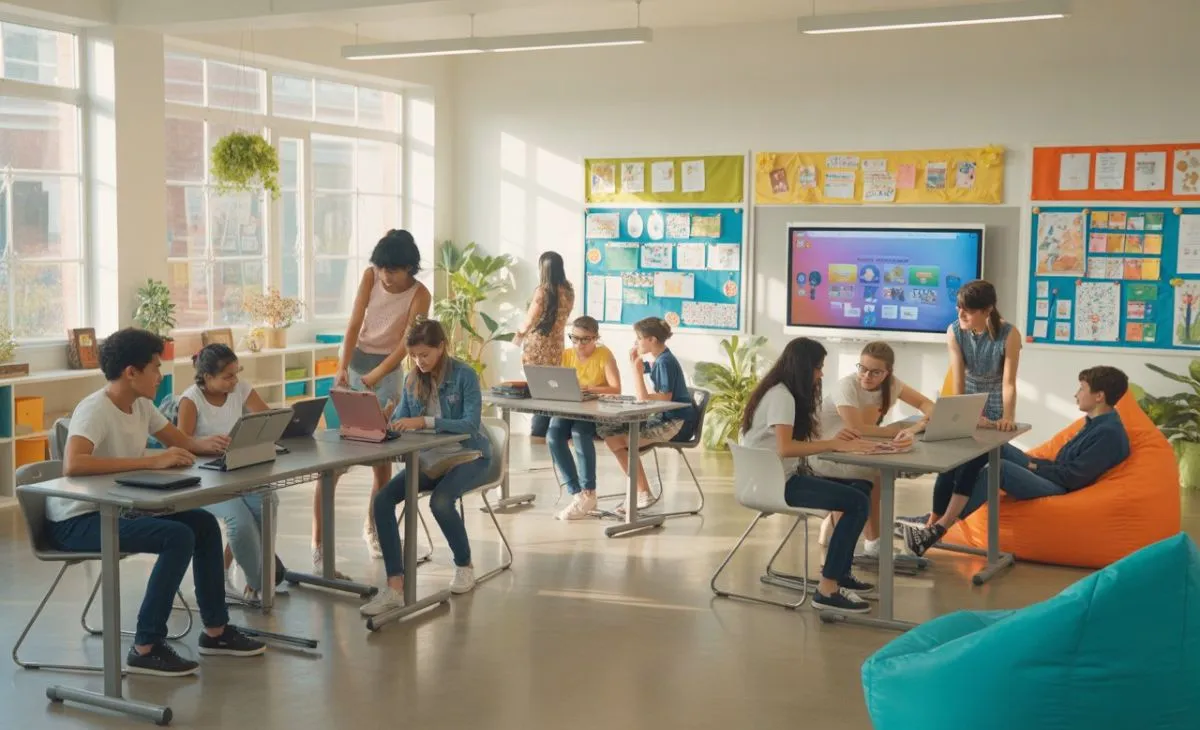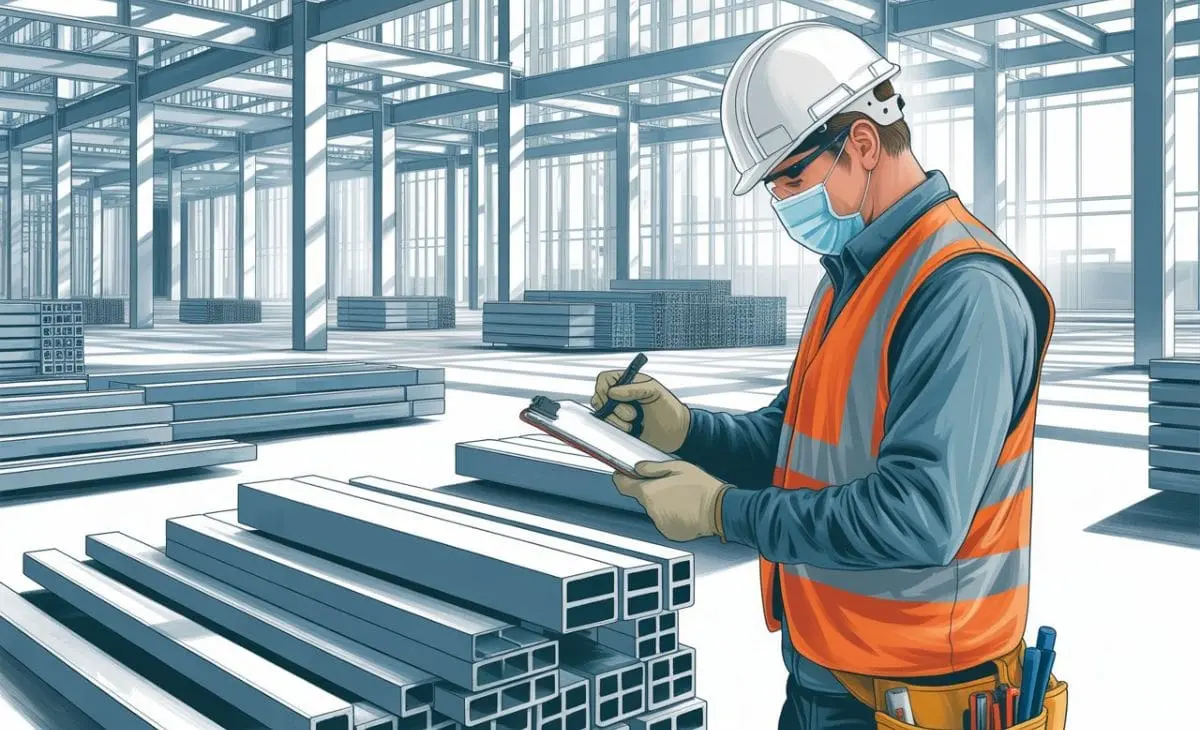Modern cities are evolving faster than ever. With increasing populations, technology integration, and environmental challenges, the need for smarter and more sustainable lifestyles has never been greater. This transformation is giving rise to a new philosophy of urban harmony — one that connects people, places, and the planet in meaningful ways.
The essence of this movement lies in reimagining city life — designing spaces that are efficient yet human, technological yet organic. It’s a step toward a future where urban environments are not just built to exist, but built to breathe.
Rethinking the Urban Experience
Urban areas have long symbolized opportunity and progress, but they’ve also been associated with stress, pollution, and disconnection from nature. The modern era demands a shift — one that prioritizes emotional, physical, and environmental well-being over sheer expansion.
Today’s city dwellers want more than skyscrapers and subways. They want connection, open space, and peace — all while staying close to the energy of the city. The challenge is to create environments that satisfy both ambition and serenity.
A Design Philosophy for the Future
The foundation of tomorrow’s urban design lies in balance. Architects, planners, and innovators around the world are seeking ways to merge technology and sustainability seamlessly.
Some of the core principles driving this evolution include:
- Sustainable Architecture: Using materials that minimize environmental impact while maximizing longevity.
- Smart Systems: Integrating intelligent infrastructure that optimizes energy, lighting, and waste management.
- Green Integration: Bringing nature back into the city through rooftop gardens, tree-lined pathways, and living walls.
The result is a model of living that values both comfort and consciousness — proving that progress doesn’t need to come at the planet’s expense.
Where Technology Meets Humanity
Technology is often blamed for alienating people, but in the right context, it can do the opposite. Smart sensors that regulate air quality, digital networks that encourage carpooling, and buildings that adapt to natural light — these innovations create healthier, more connected communities.
In this new kind of city, technology serves people, not the other way around. It fades into the background, supporting human experiences rather than overwhelming them.
Lessons from Nature
Nature has always been the world’s greatest designer. Every system in the natural world is efficient, beautiful, and interconnected. Modern city planners are beginning to draw inspiration from these systems — creating urban ecosystems that function more like living organisms than mechanical grids.
Consider the idea of a “living building” — one that generates its own energy, recycles water, and adapts to seasonal changes. This concept, inspired by biology, represents the next step in human design — a future where our structures mimic the intelligence of the environment around us.
Human-Centered Design
The ultimate goal of modern urban philosophy is to make life better for people. That means focusing on emotional well-being as much as practical needs. Access to daylight, clean air, quiet corners, and community spaces can dramatically improve mental health and happiness.
When people feel good, they engage more with their surroundings. Cities built with empathy encourage creativity, productivity, and connection — the hallmarks of a thriving society.
Community and Connection
One of the most overlooked aspects of city design is belonging. Too often, urban spaces are designed for movement rather than meaning — highways, towers, and transit lines that keep people apart.
The future city will emphasize togetherness:
- Shared gardens and workspaces that bring neighbors closer.
- Cultural hubs that celebrate diversity.
- Pedestrian-first streets that prioritize people over cars.
When communities feel connected, cities become not just livable, but lovable.
Real-World Examples
Cities like Copenhagen, Tokyo, and Amsterdam are already modeling what conscious urban development looks like. They combine efficient public transport with extensive green areas and renewable energy systems.
These cities demonstrate that sustainable design is not a luxury — it’s a necessity. By adopting these ideas, they’re reducing carbon footprints, improving public health, and fostering a deeper sense of community.
The same principles inspire the global concept known as Axurbain — a modern vision that integrates design, sustainability, and humanity into one living framework.
The Role of Architecture in Change
Architects are not just builders — they’re storytellers, shaping how people experience life. Every wall, window, and pathway communicates intention. The most innovative architects today aren’t only thinking about aesthetics; they’re designing for emotion and ecology.
Future architecture will likely blur the boundaries between indoor and outdoor spaces. Homes will include gardens, workplaces will feature natural light and ventilation, and neighborhoods will evolve as adaptable ecosystems rather than rigid structures.
Education and Awareness
No urban revolution can succeed without knowledge. Schools and institutions are starting to include sustainability and ethical design in their curricula. This ensures that future generations of engineers, planners, and designers carry the same values of respect for nature and innovation.
Awareness spreads change — and as people become more mindful of how their surroundings affect them, the demand for sustainable living continues to rise.
Challenges Along the Way
Transitioning to sustainable cities isn’t easy. Major challenges include high costs, outdated infrastructure, and limited awareness among policymakers. However, these obstacles are not insurmountable.
Partnerships between governments, private companies, and local communities can accelerate change. By focusing on long-term benefits rather than short-term expenses, cities can build environments that sustain both people and the planet.
Looking Ahead
The world is moving toward a more mindful way of living. The next generation of cities will not simply house people — they will nurture them. Streets will be cleaner, air will be fresher, and architecture will reflect empathy and intelligence.
In this future, Axurbain stands as a symbol of progress — not just technological, but human. It shows that innovation can be elegant, and sustainability can be a form of beauty.
Conclusion
The future of urban living depends on balance. A truly advanced city is not one filled with machines but one alive with energy, empathy, and sustainability.The concept behind Axurbain captures this vision perfectly — a future where design serves both people and the planet, proving that progress and peace can coexist beautifully.





